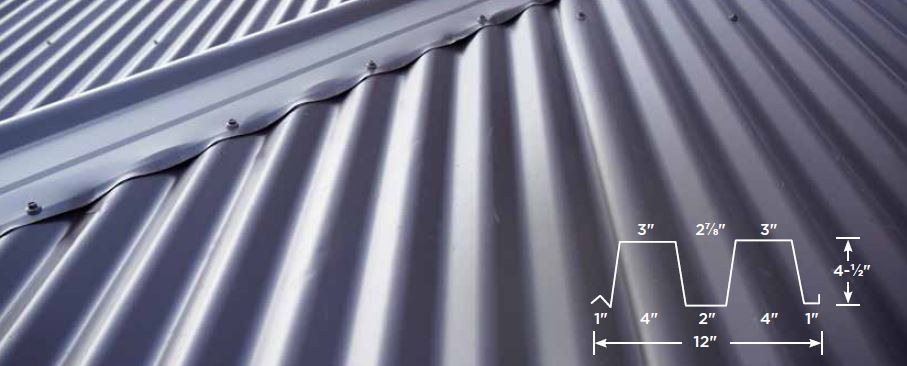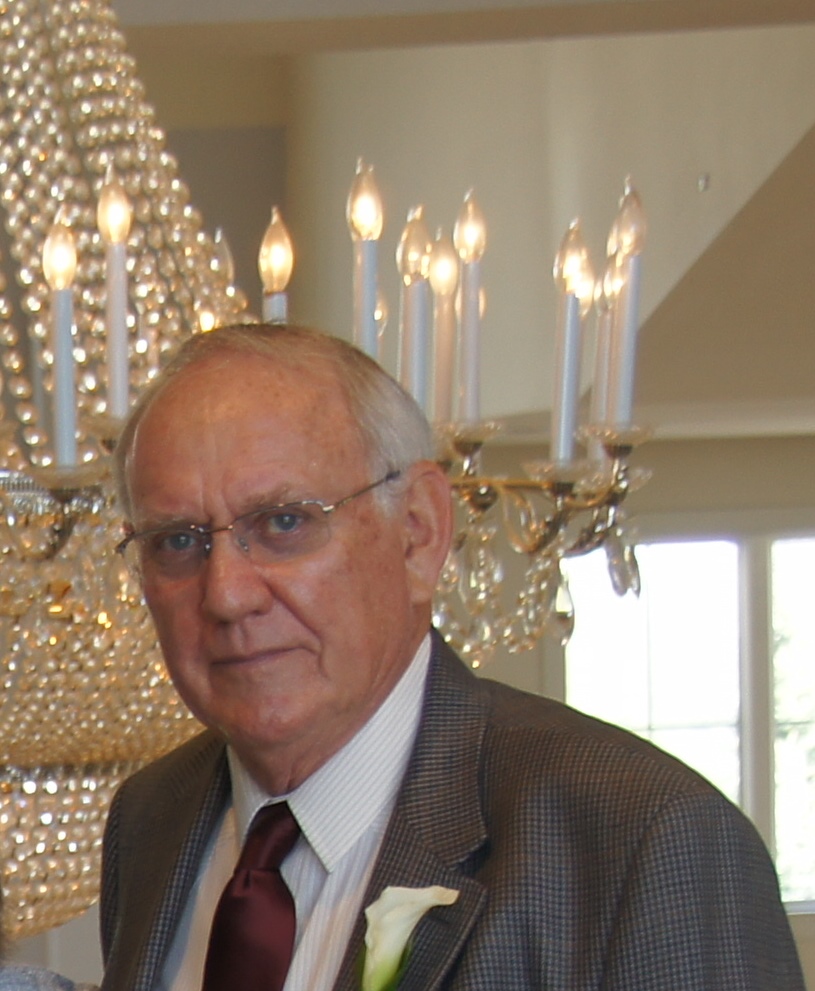Q: How Do You Estimate Uneven Surfaces?
 Even something as simple as the texture applied to a drywall surface can produce an irregular surface and have some effect on production rate and material consumption. On a smooth drywall surface you might expect to produce a spray-paint finish at 550 s.f. per hour. With a light texture you may only get 500 s.f. Bump that up to a heavy texture and your production drops to 450 s.f. On a small project of 2,500 s.f., going from the smooth surface to the heavy texture, you’re only looking at about an hour difference in labor, but on a project with thousands of square feet, it would make a big difference.
Even something as simple as the texture applied to a drywall surface can produce an irregular surface and have some effect on production rate and material consumption. On a smooth drywall surface you might expect to produce a spray-paint finish at 550 s.f. per hour. With a light texture you may only get 500 s.f. Bump that up to a heavy texture and your production drops to 450 s.f. On a small project of 2,500 s.f., going from the smooth surface to the heavy texture, you’re only looking at about an hour difference in labor, but on a project with thousands of square feet, it would make a big difference.
Now, corrugated metal sheeting, once only used on roofs or exterior walls of farm or commercial buildings, is showing up in commercial office buildings as accent surfaces. Two of the most common patterns are a 2-ó” and a 1-.” corrugation.
To find the surface area of the 2-½” pattern, take the square feet of the area to be painted and multiply it by 1.08. For example, if the wall is 10′ high by 200′ long (or 2,000 s.f.), you’d multiply 2,000 x 1.08 and the actual surface to cover is 2,160 s.f. The labor for painting this type of surface wouldn’t be particularly affected, but material quantity would be.
A more severe example would be one with the M-patterned metal sheeting like the kind used on roofs, showing on the underside of a roof deck. In 12,” it goes up then down 1,” then up 4-1/2,” across 3,” down 4-1/2,” across 2,” up 4-1/2,” across 3,” down 4-1/2″ then across 1.” I hope you get the idea. One square foot of this material has 2.42 s.f. of surface to paint. A 20′ x 30′ roof has 600 square feet, but the area you would have to paint is 1,452 s.f. This would have a major impact on production and material consumption rates. Usually, this type of surface would be spray-painted but still, the production rate would be a lot slower than painting a smooth (flat) surface. On a smooth surface you’d make one pass; here you will have to make four passes to cover the same area.
Painting structural steel is another irregular surface that can’t be ignored. For example, a 12′ x 4′ I-beam has 3.35 s.f. to the foot of beam.
Any painting contractor or estimator must take these factors into consideration when preparing a project’s cost estimate. Not doing so could be devastating to the painting company. There are several manuals available with formulas for calculating the area of surfaces, and PDCA has its Cost & Estimating guide, which shows different shapes and formulas for estimating all types of irregular surfaces.
_____________________________________________________________________________________
 Les Lieser spent 30 years as a professional painter, focusing on upper-end residential and commercial projects. In the early ’90s, Lieser also developed the first version of Front Range Coating Consultants estimating software. He later sold his painting business and worked as an estimator for a commercial painting company in Denver while continuing to hone his commercial and residential estimating software. Lieser now works as a contract estimator and consultant for large commercial painting companies. FrontRangeCoatingConsultantsInc.com
Les Lieser spent 30 years as a professional painter, focusing on upper-end residential and commercial projects. In the early ’90s, Lieser also developed the first version of Front Range Coating Consultants estimating software. He later sold his painting business and worked as an estimator for a commercial painting company in Denver while continuing to hone his commercial and residential estimating software. Lieser now works as a contract estimator and consultant for large commercial painting companies. FrontRangeCoatingConsultantsInc.com




